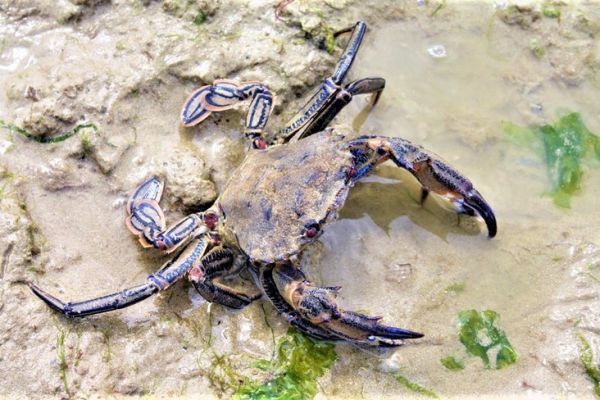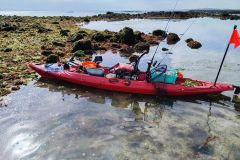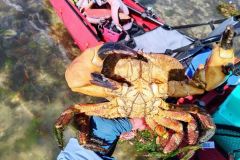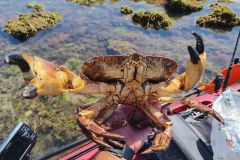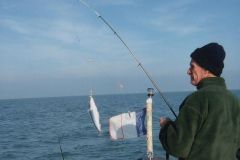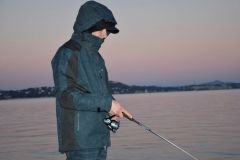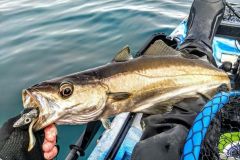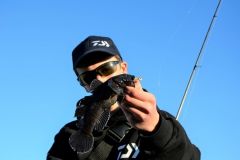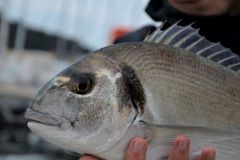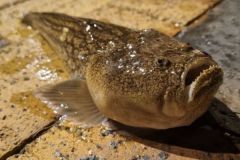The crab, a solid and fragile crab at the same time
The curlew is easily recognized by its red eyes and is the queen of swimming. The curlews must face extreme conditions, the swell and the total immersion at high tide, the heating of the water or the drying sun at low tide.
In spite of its strong armor, the currycomb has no other way to escape predators than to hide under rocks.
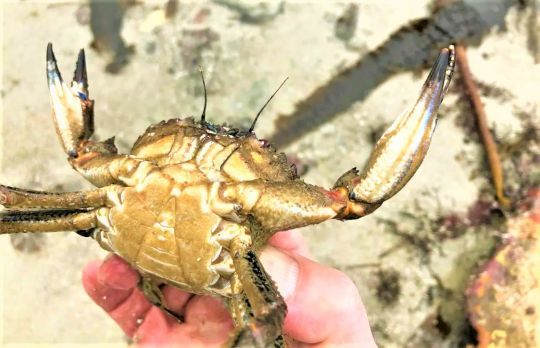
Some fishermen, fond of this small crab with its tasty flesh, know it very well, but without even realizing it, they can have an impact on this fragile ecosystem.
The legal size of capture is 6.5 cm, below that, they must be returned to the water. The minimum catch size is the size at which it is estimated that the curry has had time to reproduce at least once before ending up in the pan.
Females with eggs should also be returned to the water to give them time to reproduce and to protect their offspring for future fishing. Its longevity is about 6 to 10 years.
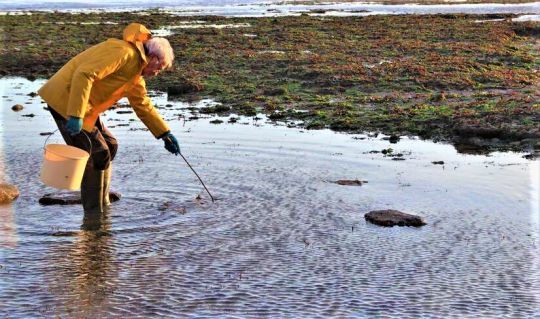
Under the rocks, the claws of the sea await you
To dislodge them, we turn the rocks over, but don't forget to put them back in the direction you found them. A multitude of species are fixed under the rocks and cannot live out of the water.
Without even turning the rock over, the best and gentlest fishing technique to dislodge the curry is to hook the rock with a hook and lift slightly and then, if there is a curry underneath, it escapes and all that is left to do is to catch it, but be careful with your fingers because the curry will defend itself and pinch you strongly, hence its name of "battleur" in the Charente region. It is completely useless to turn the stone completely over.
The authorized quantities vary according to the regions, but it is best to adapt your fishing to what you actually consume. By respecting good fishing practices, each angler preserves the resource and the marine environment, thus helping to ensure that the pleasure of fishing on foot remains accessible to all for a long time.
Regulations and health alerts vary from one site to another, so be sure to check with the marine services before going fishing.

 /
/ 